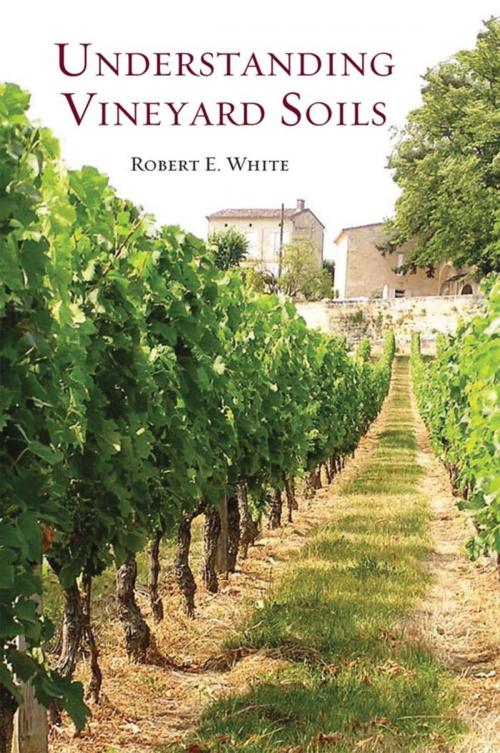Understanding Vineyard Soils
Nonfiction, Science & Nature, Science, Biological Sciences, Horticulture, Food & Drink, Beverages, Wine & Spirits, Technology, Agriculture & Animal Husbandry| Author: | Robert White | ISBN: | 9780199885985 |
| Publisher: | Oxford University Press | Publication: | April 28, 2009 |
| Imprint: | Oxford University Press | Language: | English |
| Author: | Robert White |
| ISBN: | 9780199885985 |
| Publisher: | Oxford University Press |
| Publication: | April 28, 2009 |
| Imprint: | Oxford University Press |
| Language: | English |
Terroir connotes a sense of place that imparts a distinctive character to wine. A central component of terroir is the soil and its immediate surroundings. Thus, an understanding of the basic properties of soils and how they function as a "living skin" on the earth's surface is of fundamental importance to grape growers and winemakers. Stripped of scientific jargon, Understanding Vineyard Soils explains to a wide audience how soils form and why they are so variable. Robert White describes essential chemical and physical processes involving nutrients, water, oxygen and carbon dioxide, moderated by the activities of soil organisms, and proposes remedies to alleviate adverse conditions such as soil acidity, compaction, poor drainage and salinity. The pros and cons of organic viticulture are discussed, as are the possible impacts of climate change. The author explains how sustainable wine production requires grape growers and winemakers to take care of the soil and minimize the impact of their activities on the environment. This book is a practical guide for viticulturists and for the lay reader who is seeking general information about soils, but who may also wish to pursue in more depth the influence of different soil types on vine performance and wine character. Understanding Vineyard Soils will discuss new developments, especially in precision viticulture and organic viticulture. The introduction will address new technologies (near and remote sensing, digital soil mapping) as well as traditional soil classification. Following a chapter on site selection are the three core chapters on vineyard and soil management - The Nutrition of Grapevines, Where the Vine Roots Live, and The Living Soil. The book is written from an international perspective - the important points discussed in Chapters 1 through 6 are illustrated with examples drawn from many wine regions around the world.
Terroir connotes a sense of place that imparts a distinctive character to wine. A central component of terroir is the soil and its immediate surroundings. Thus, an understanding of the basic properties of soils and how they function as a "living skin" on the earth's surface is of fundamental importance to grape growers and winemakers. Stripped of scientific jargon, Understanding Vineyard Soils explains to a wide audience how soils form and why they are so variable. Robert White describes essential chemical and physical processes involving nutrients, water, oxygen and carbon dioxide, moderated by the activities of soil organisms, and proposes remedies to alleviate adverse conditions such as soil acidity, compaction, poor drainage and salinity. The pros and cons of organic viticulture are discussed, as are the possible impacts of climate change. The author explains how sustainable wine production requires grape growers and winemakers to take care of the soil and minimize the impact of their activities on the environment. This book is a practical guide for viticulturists and for the lay reader who is seeking general information about soils, but who may also wish to pursue in more depth the influence of different soil types on vine performance and wine character. Understanding Vineyard Soils will discuss new developments, especially in precision viticulture and organic viticulture. The introduction will address new technologies (near and remote sensing, digital soil mapping) as well as traditional soil classification. Following a chapter on site selection are the three core chapters on vineyard and soil management - The Nutrition of Grapevines, Where the Vine Roots Live, and The Living Soil. The book is written from an international perspective - the important points discussed in Chapters 1 through 6 are illustrated with examples drawn from many wine regions around the world.















